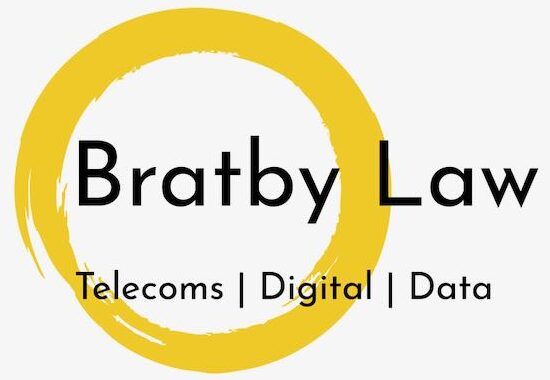I’m very excited to have had my first re-tweet, so today’s post develops the thought further.
The retweet was of an economist article which, in contrast to the emerging consensus that traditional telephone calls are dead quotes a recent Ofcom international research report as evidence that whilst fixed line volumes are declining across the world, their decline is more than offset by the volume of mobile calls. The Economist suggests, quoting Nielson and CTIA, that the US is the exception that proves the rule, and that voice is here to stay.
However, the Ofcom research covers a lot more than voice traffic volumes, and to really understand what is going on you need to look at a few more statistics:
- First, fixed voice minute volumes are declining in all markets (driven by substitution to mobile and VoIP), and with continued per minute price decline, fixed revenues continue to slide.
- In contrast, mobile voice minutes continue to grow, and whilst it isn’t possible to unpick exactly what is going on in every market, it would appear that inbound substitution (from fixed) and usage increases are currently still more than offsetting outbound substitution to e.g. mobile VoIP. However, price pressure means that voice revenues are falling, albeit not as precipitously as in fixed voice.
- Whilst data connections and usage (both fixed and mobile) are rapidly increasing, the general failure to move from ‘all you can eat’ to usage based tariffs mean that this trend is not yet offsetting voice revenue falls. However, mobile carriers in particular have woken up to this and are using device introduction (cf the iPad in the UK) to move towards usage based pricing.
This is neatly summarised in this table extracted from the Ofcom report: Global Telecoms Revenue Trends.
So far, nothing earth-shaking. However, its time to answer the question posed in the title of this post: what is 2011’s killer app? Of course, it all depends on how you measure ‘killer-ness’ – economic utility, user numbers, revenue growth or something else. If (for the sake of argument) we use 2010 revenues, then it is very instructive to compare estimated total revenues for Facebook and Twitter with service revenue for traditional voice minutes.
Now, as Facebook and Twitter are not yet public (on that, see http://bit.ly/dPjK4w), sources are somewhat unreliable. My best crowd-sourced estimates are $1-2 bn for Facebook, and perhaps $50m for Twitter in 2010. Compare those revenues to the Ofcom global figures for voice revenue in 2009 of c $680 bn (= dollar equivalent of £511bn (fixed voice + mobile services) – £73bn (mobile data)). Even if you include $25bn for Google, you still end up with the revenues for Google, Facebook and Twitter combined being around 4% of traditional voice revenues.
This leads me to the rather contrarian conclusion that the killer app for 2011 (at least in terms of extracting cash from customers) is old-fashioned voice calling.
Now the problem with statistics is that you can use them to prove anything, so I shared this post in draft with my wife for a common-sense check. She glazed over in the middle, but then brightened towards the end. ‘You mean you have spent all this time writing a post that comes to the startling conclusion that people still like talking to one another?’

Totally agree Rob
Most of online so far is sadly hype and success for maybe 100’s of net entrepreneur who hyped up and sold in time.. Which these type of biz opportunity has not really happened much in the telecoms world maybe except a handful of exceptions (names escaped me now, commenting on my BlackBerry!)
Great post! Need more telecoms blogger!